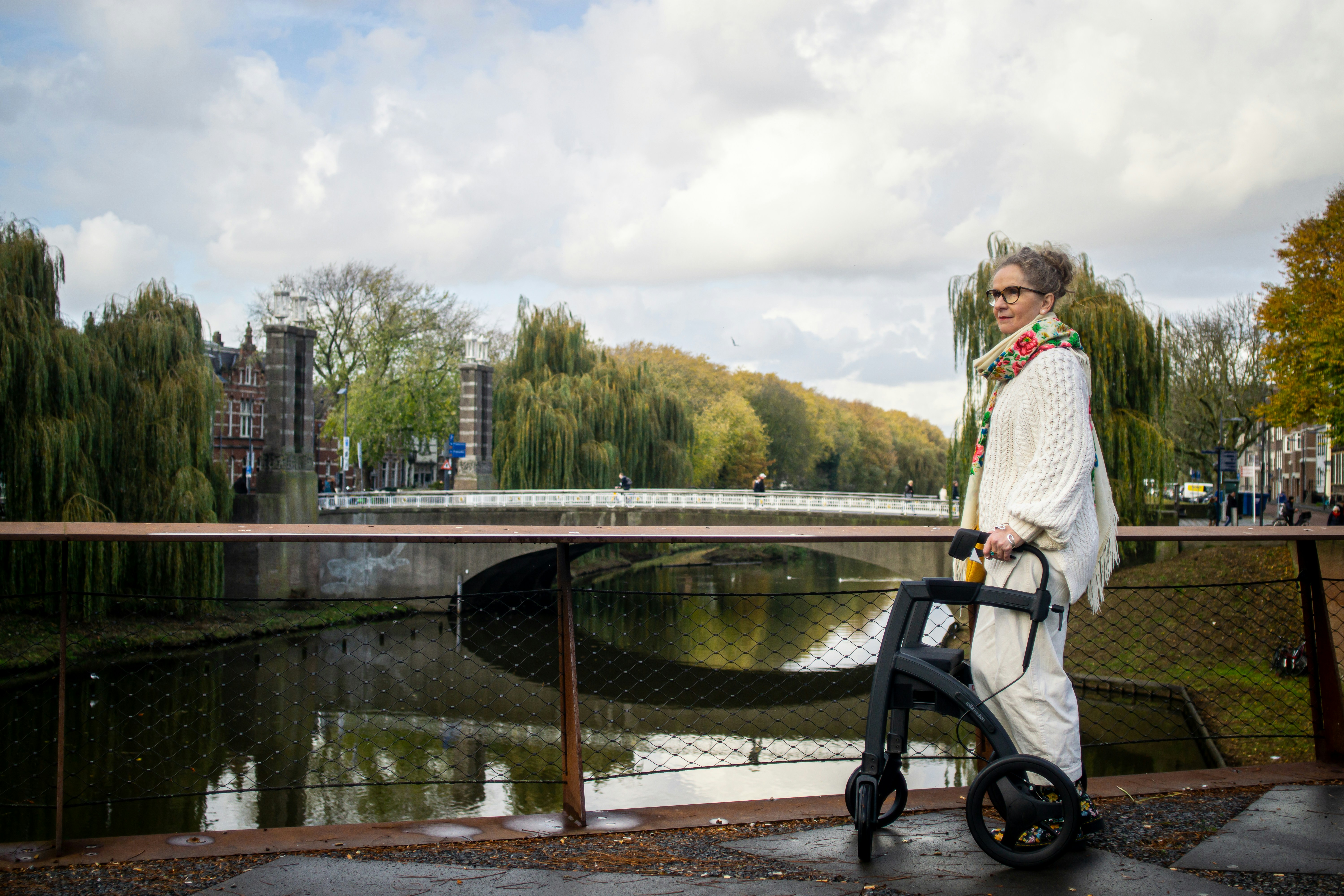Media release
From:
Neurology: Trials demonstrate safety of stem cell therapy for Parkinson’s disease (N&V)
Two independent clinical trials demonstrate the safety of stem cell therapies for Parkinson’s disease. The papers, published in Nature this week, investigate the use of cells derived from human induced pluripotent stem cells and human embryonic stem cells, respectively. However, further research is needed to test the effectiveness and clinical benefits of these therapies.
Parkinson’s disease is a neurodegenerative disease characterized by the progressive loss of neurons that produce dopamine, a neurotransmitter. Although current treatments, such as ʟ-dopa, can alleviate symptoms in the early stages, their efficacy declines and they are often accompanied by side effects such as dyskinesia (involuntary movements). Cell therapy, specifically replenishing dopamine-producing (dopaminergic) neurons in the brain, could provide a potentially more effective treatment with fewer adverse effects.
To examine the safety and potential side effects of cell therapy for Parkinson’s disease, Ryosuke Takahashi, Jun Takahashi and colleagues conducted a phase I/II trial. Seven patients (aged from 50 to 69) received transplantation of dopaminergic progenitors derived from human induced pluripotent stem cells into both sides of the brain. No serious adverse events were reported during the study period of 24 months, and the transplanted cells produced dopamine without overgrowth or forming tumours, which is a risk associated with stem cell therapy. The researchers also observed a decrease in motor symptoms associated with Parkinson’s disease (a secondary outcome of the study) in four of the six participants who continued the trial to efficacy evaluation while not taking their standard medication, and in five while taking medication. However, these results varied according to the measures used, with some measures showing minimal changes.
In a separate phase I clinical trial, Viviane Tabar and colleagues explored the safety of a dopaminergic neuron progenitor cell product (bemdaneprocel) derived from human embryonic stem cells. Twelve patients with a median age of 67 received surgical transplantation of bemdaneprocel to the putamen on both sides of the brain. Five participants received a low dose (0.9 million cells per putamen) and seven received a high dose (2.7 million cells per putamen). The cell product was generally well tolerated and no severe adverse events related to the therapy were reported during the follow-up period of 18 months. There was no incidence of dyskinesia, previously associated with fetal-tissue transplants as a treatment for Parkinson’s disease. Additionally, some improvement in motor function (a secondary outcome of the study) was observed in patients in both the low-dose and high-dose cohorts. However, the degree of improvement varied across different measured parameters.
Both clinical trials establish the safety of allogeneic (non-self) transplantation of stem cell-derived cell products for the treatment of Parkinson’s disease. Some limitations are noted, including the small sample size and open-label nature of both trials (meaning that both the investigators and patients were aware who was receiving which type of treatment). However, “the fact that both independent trials showed safety, and hinted at possible efficacy, is an important step towards the establishment of this cell therapy for Parkinson’s disease in wider society,” writes Hideyuki Okano in an accompanying News & Views article.



 International
International



